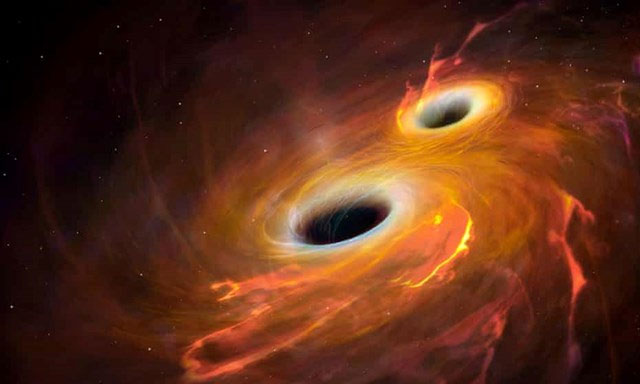An international team of scientists has conducted 35 new observations of gravitational waves, bringing the total number of discoveries since 2015 to 90. Gravitational waves are ripples in the fabric of spacetime caused by massive cosmic events such as the collisions of pairs of black holes, located billions of light-years away from Earth.
The first detection of gravitational waves, announced in 2016, confirmed a prediction made by Albert Einstein a century ago based on his theory of relativity.
Shanika Galaudage, a researcher at Monash University and a collaborator with the Australian branch of the OzGrav project, described gravitational waves as a “new window into the universe”, with the potential to “change the game.”
“Gravitational waves are not electromagnetic light. We can see things that are otherwise invisible, such as the merger of binary black holes,” Galaudage stated.
Among the 35 new discoveries, 32 cases are believed to result from pairs of merging black holes. Other notable findings include two pairs of massive black holes orbiting each other—one pair weighing 145 times the mass of the Sun and the other weighing 112 times. Scientists also discovered a pair of “lighter” black holes with a combined mass only 18 times that of the Sun.

Illustration of two black holes orbiting each other. (Photo: The Guardian).
Two of the 35 discoveries are believed to originate from a neutron star merging with a black hole. Professor Susan Scott, a research collaborator from the Australian National University, noted that neutron stars are small but extremely dense objects: although they weigh about 1.4 times the mass of the Sun, they are roughly the size of a city, with a radius of about 15 km. Scott remarked that these discoveries have helped scientists understand both the evolution of the universe and the nature of stars.
Scott mentioned that the recent number of discoveries has increased tenfold since the initial deployment of the LIGO and Virgo projects aimed at observing gravitational waves. She attributes this increase to advancements in specialized equipment, such as improvements in laser power.
She shared: “After enhancing the detection devices to be more sensitive, we will be able to see all binary black hole mergers throughout the universe. Neutron stars, when they collide, do not produce gravitational waves as strong as black holes because they are not as dense, and therefore, we cannot observe them from afar.”
In the future, astronomers may also detect gravitational waves from stars as they become supernovae. Scott stated: “This will help us understand the formation processes of stars as they end their life cycle, run out of fuel, explode, and then collapse.”
However, some of the new discoveries remain mysteries yet to be solved. Researchers believe that the 35th event could involve a pair of black holes or a merger between a black hole and a neutron star. The lighter object in this case has a mass that is larger than normal for a neutron star but smaller than that of a black hole.

















































